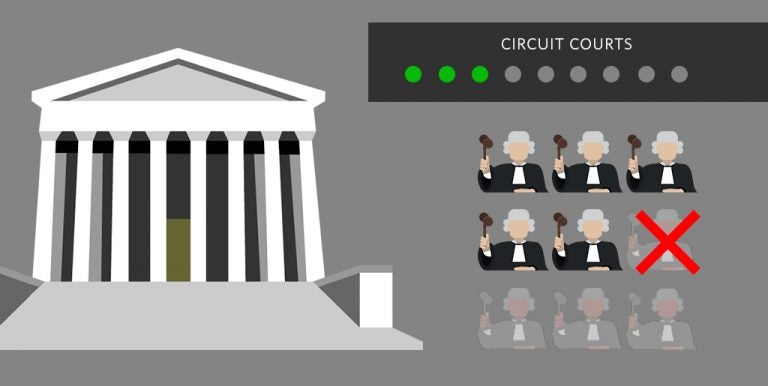JOHN ADAMS SIGNS THE JUDICIARY ACT OF 1801
February 13, 1801

Outgoing President John Adams, a Federalist, signed the Judiciary Act of 1801. It prevented the incoming president (Republican Thomas Jefferson) from appointing a Supreme Court justice, stating that upon the next vacancy, the number of justices would be officially reduced from six to five. The Federalists wanted to prevent their political opponents, Republicans, from influencing the judiciary by nominating new justices (sound familiar?). The scheme didn’t work, since there were no vacancies before Jefferson repealed the act.